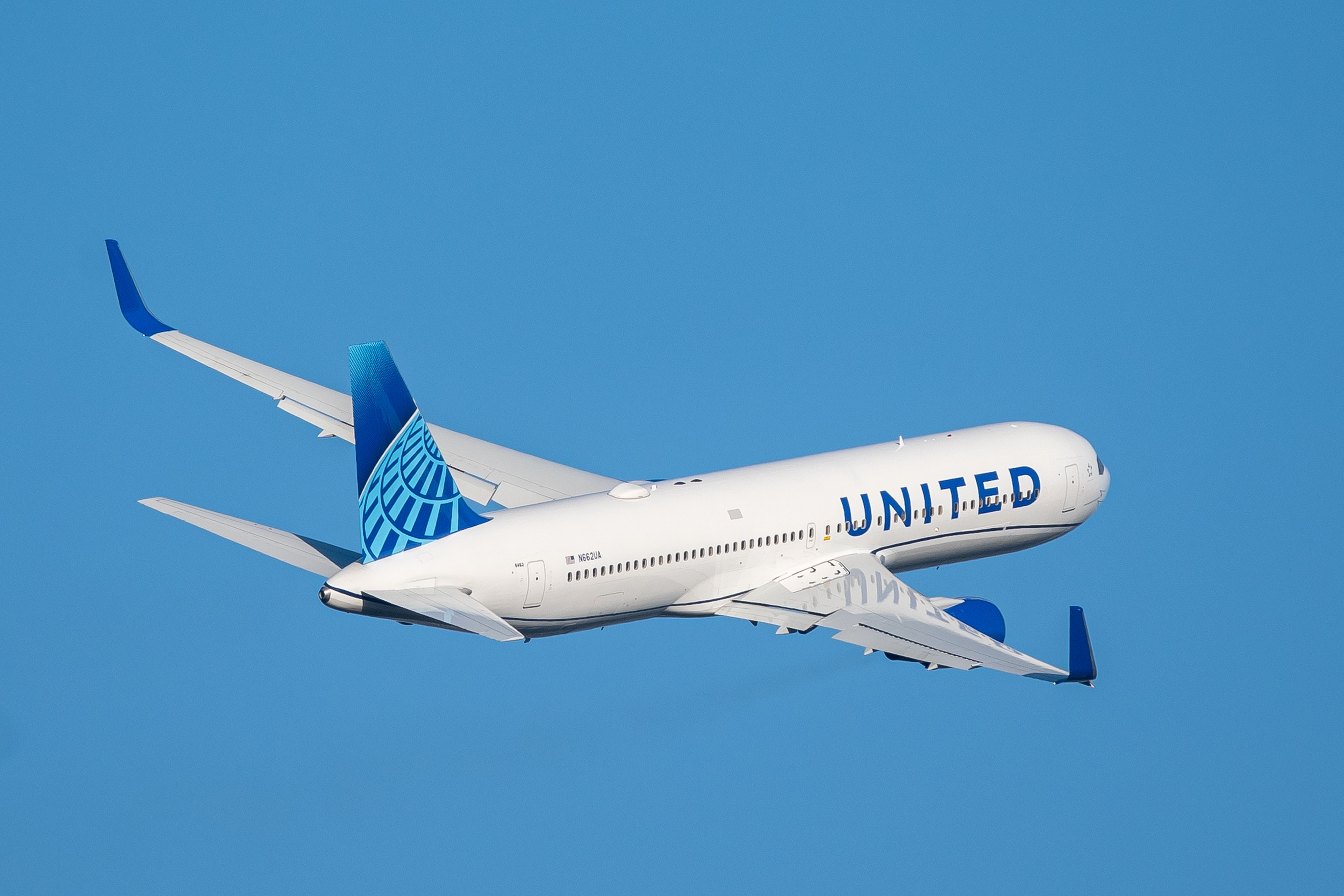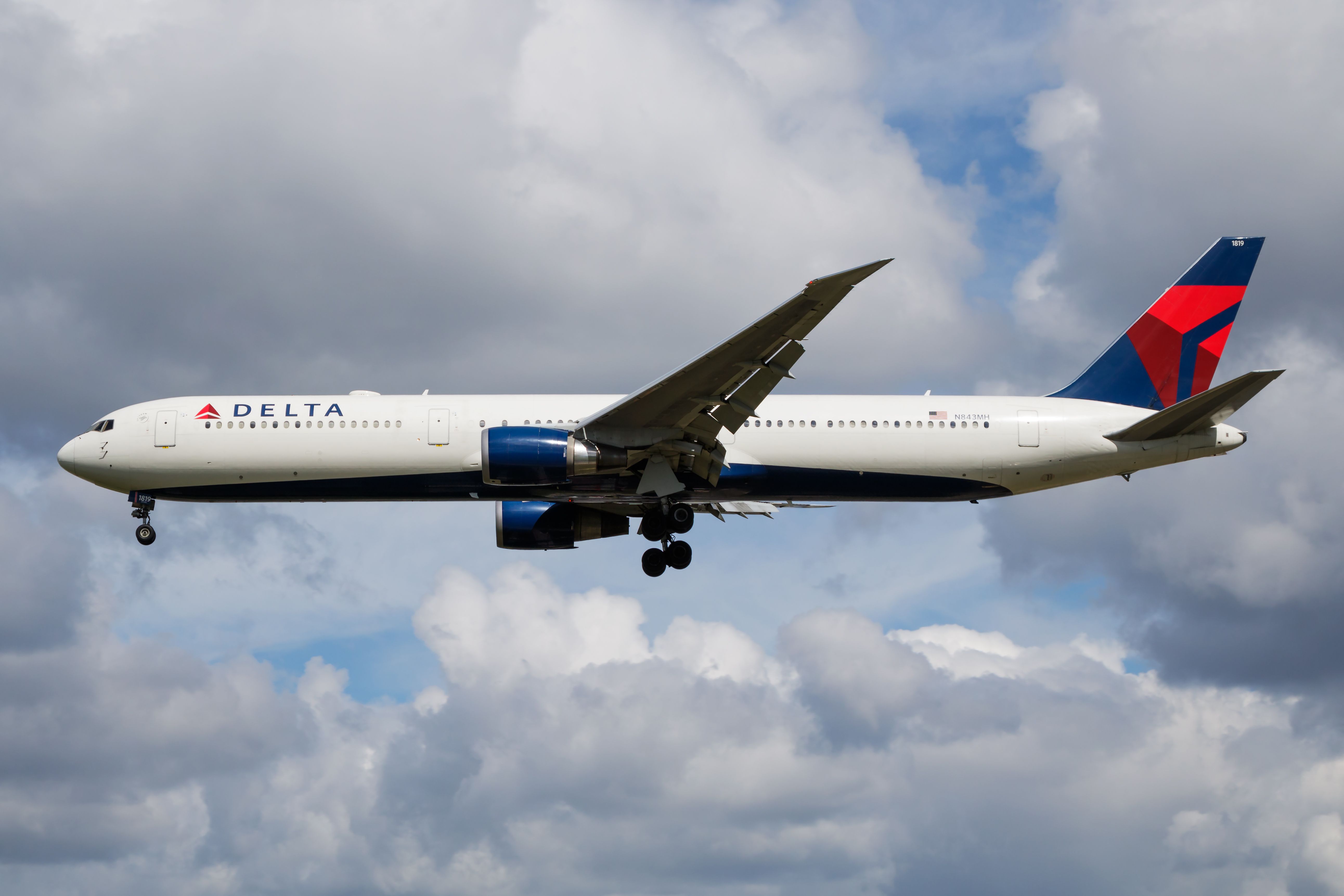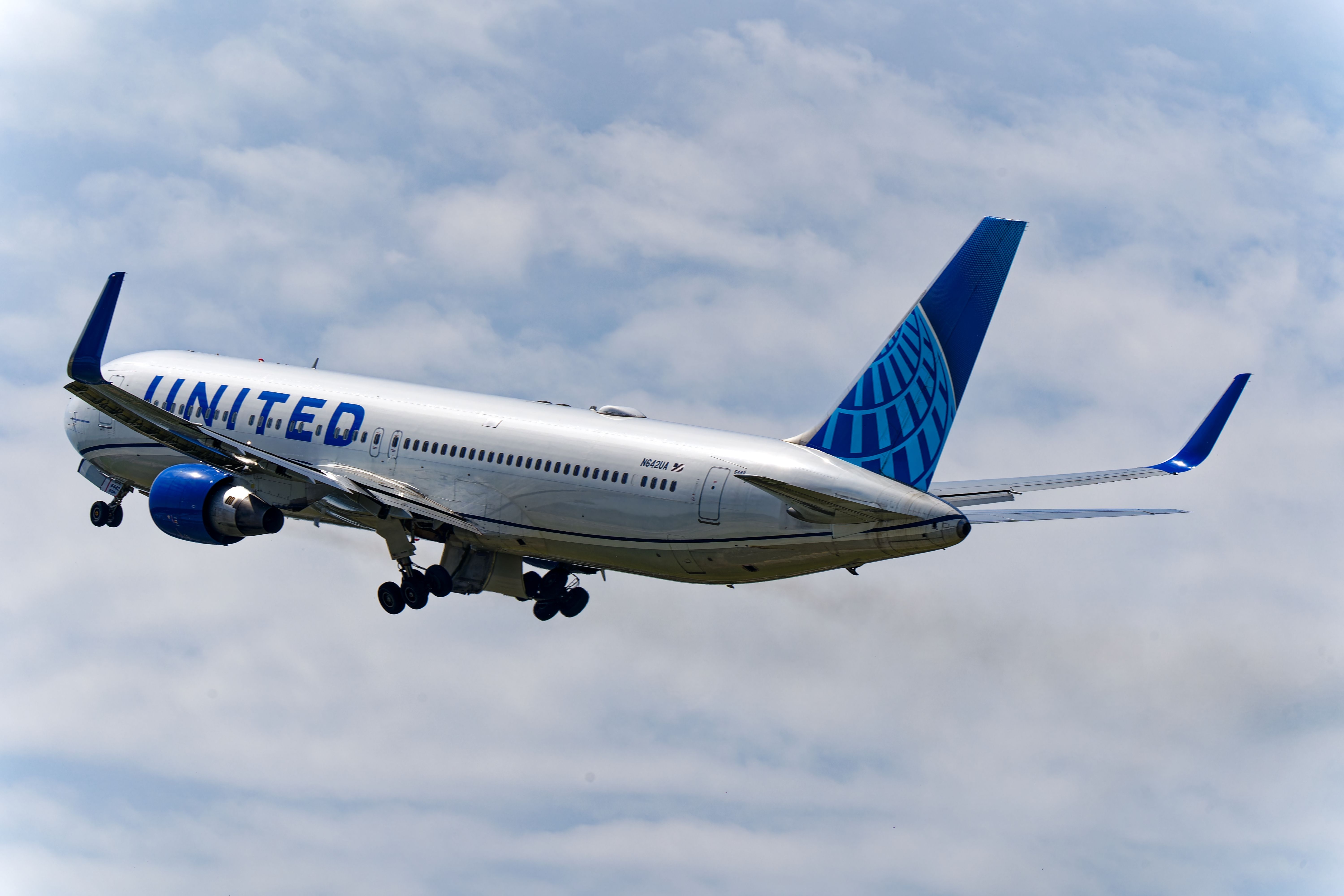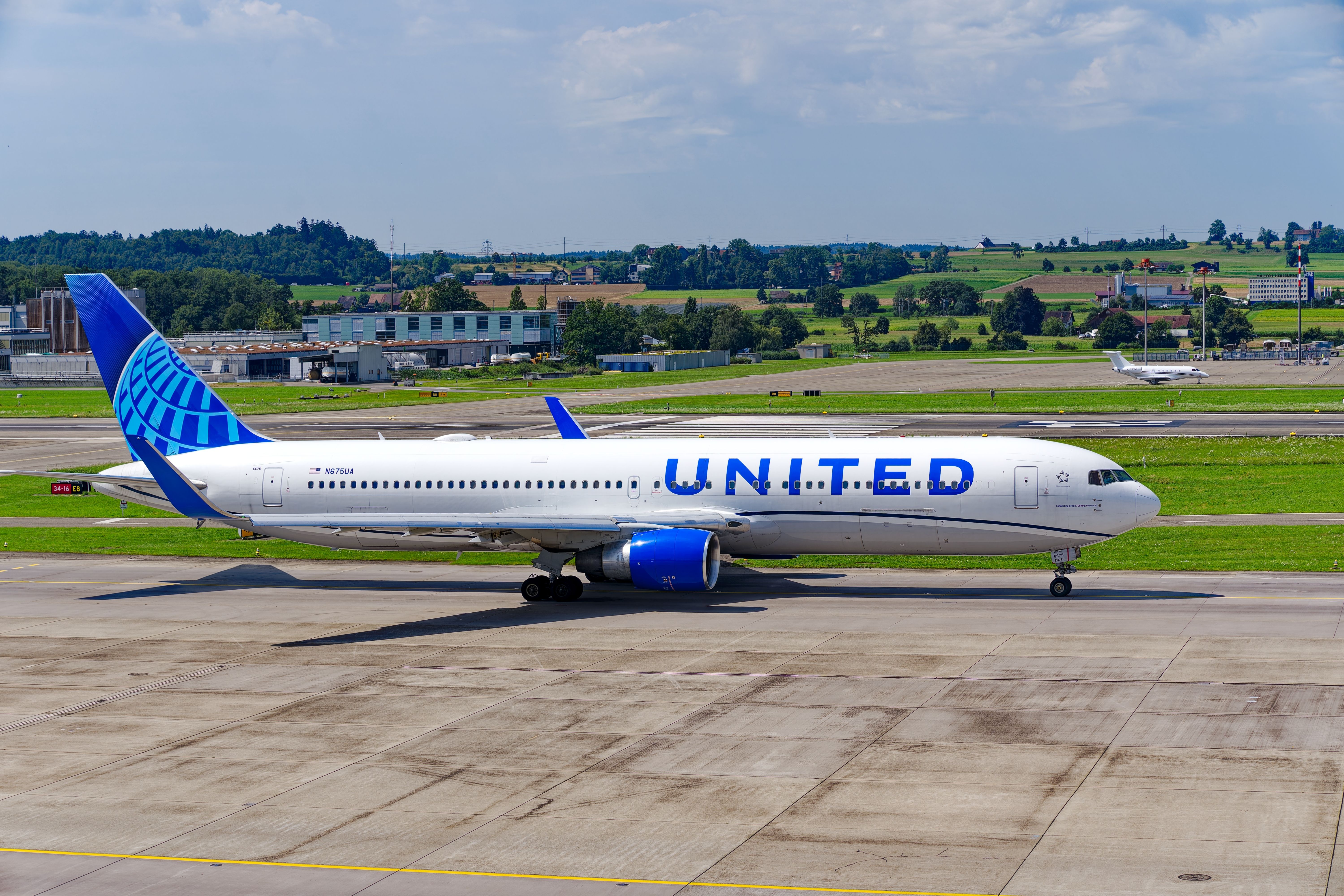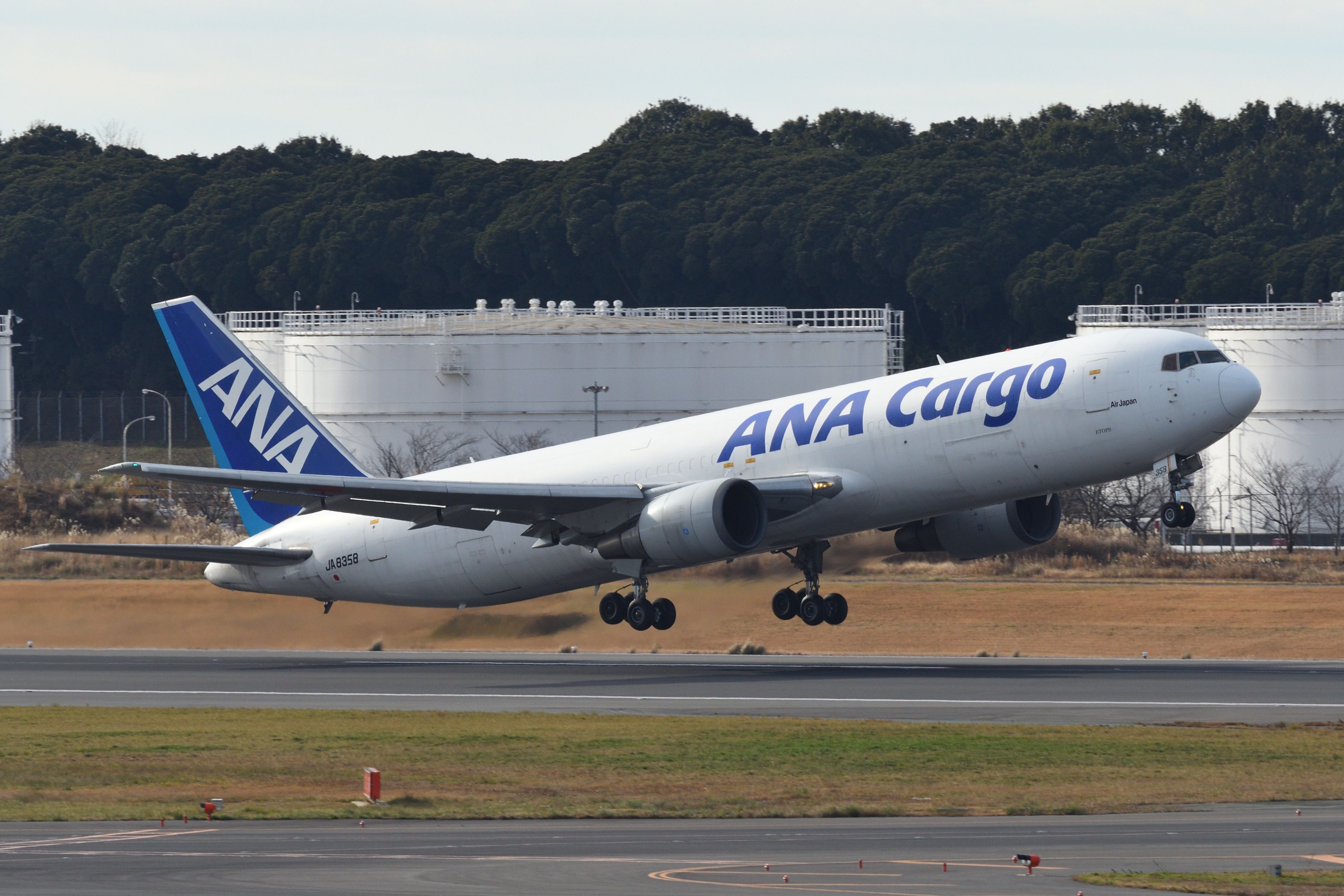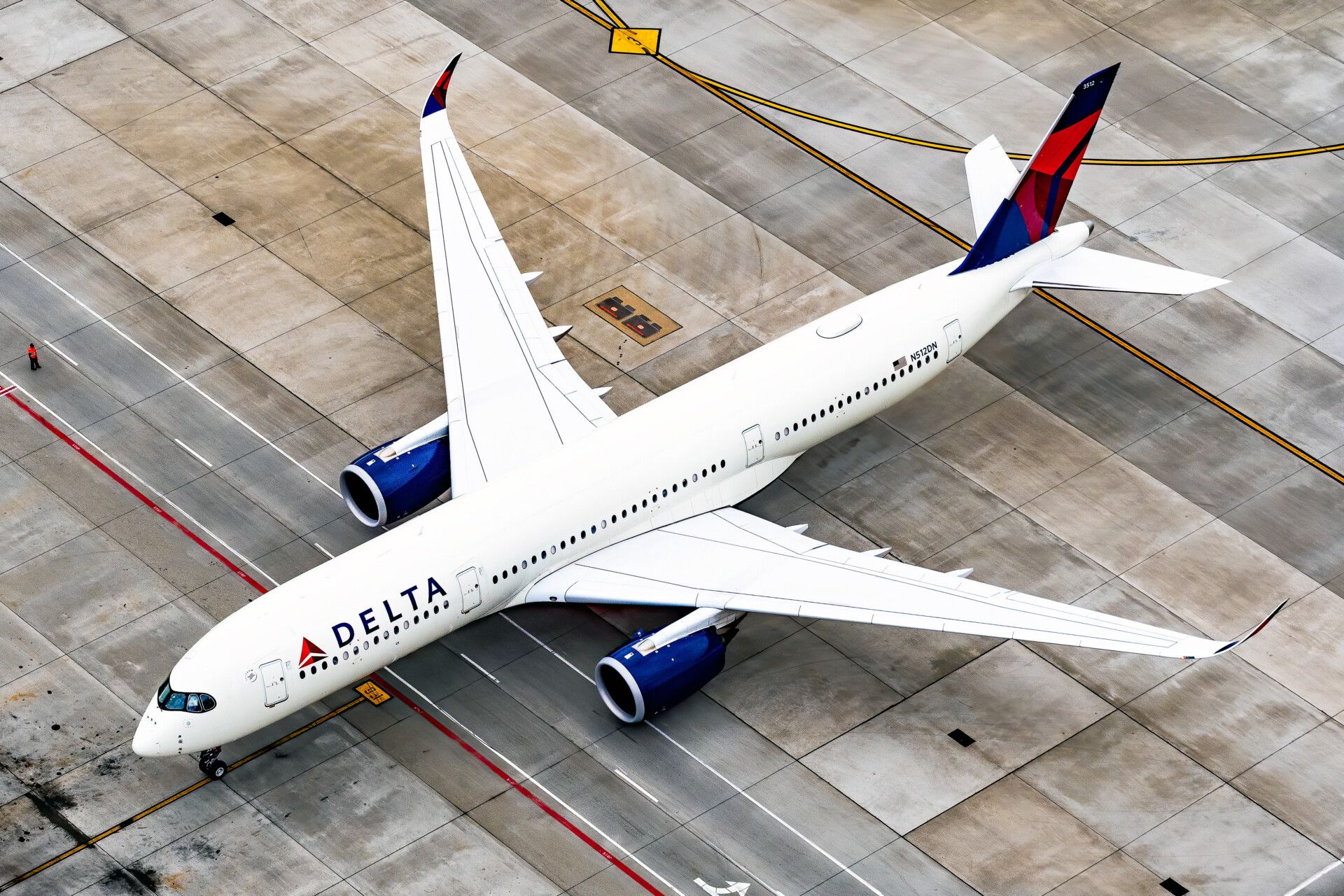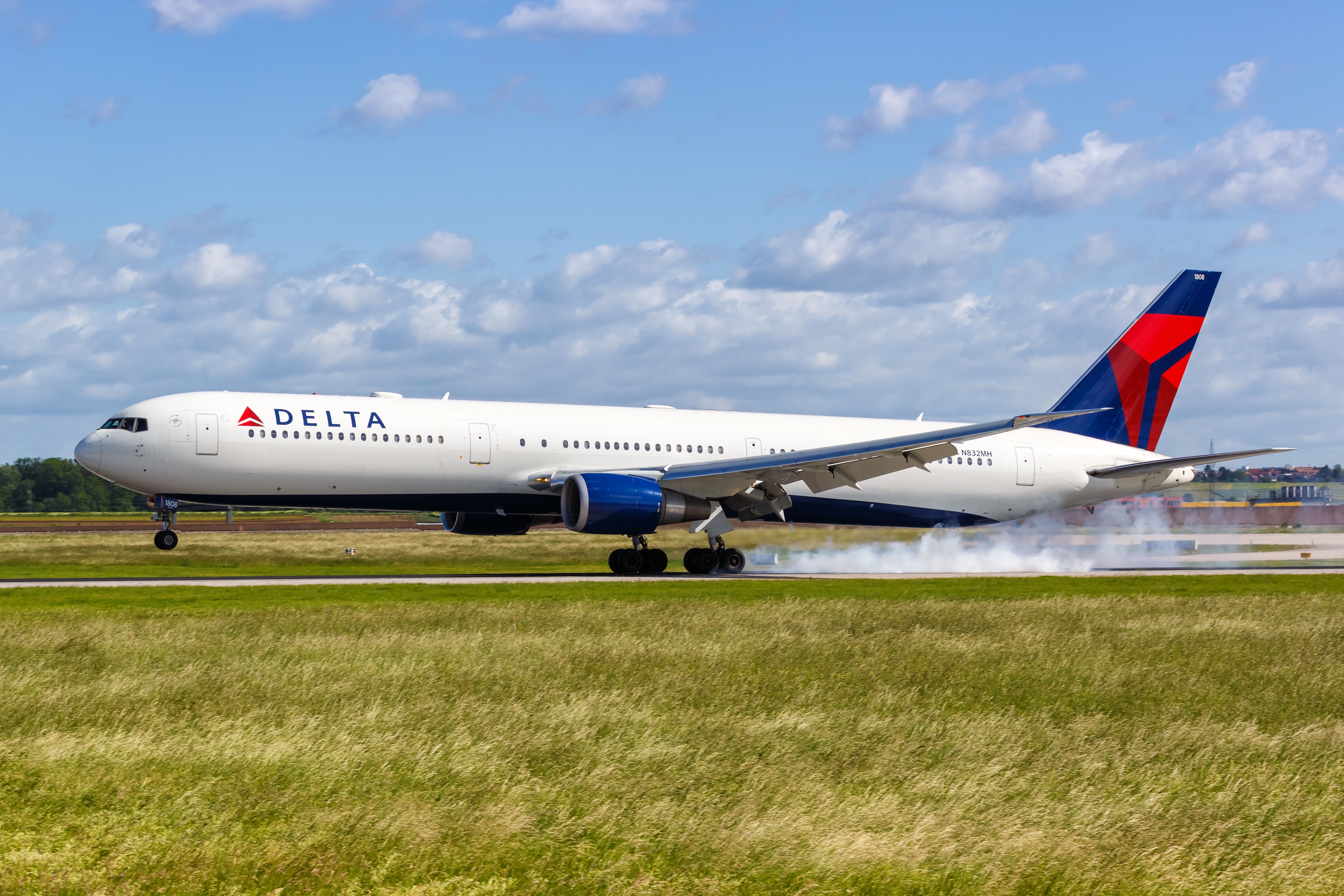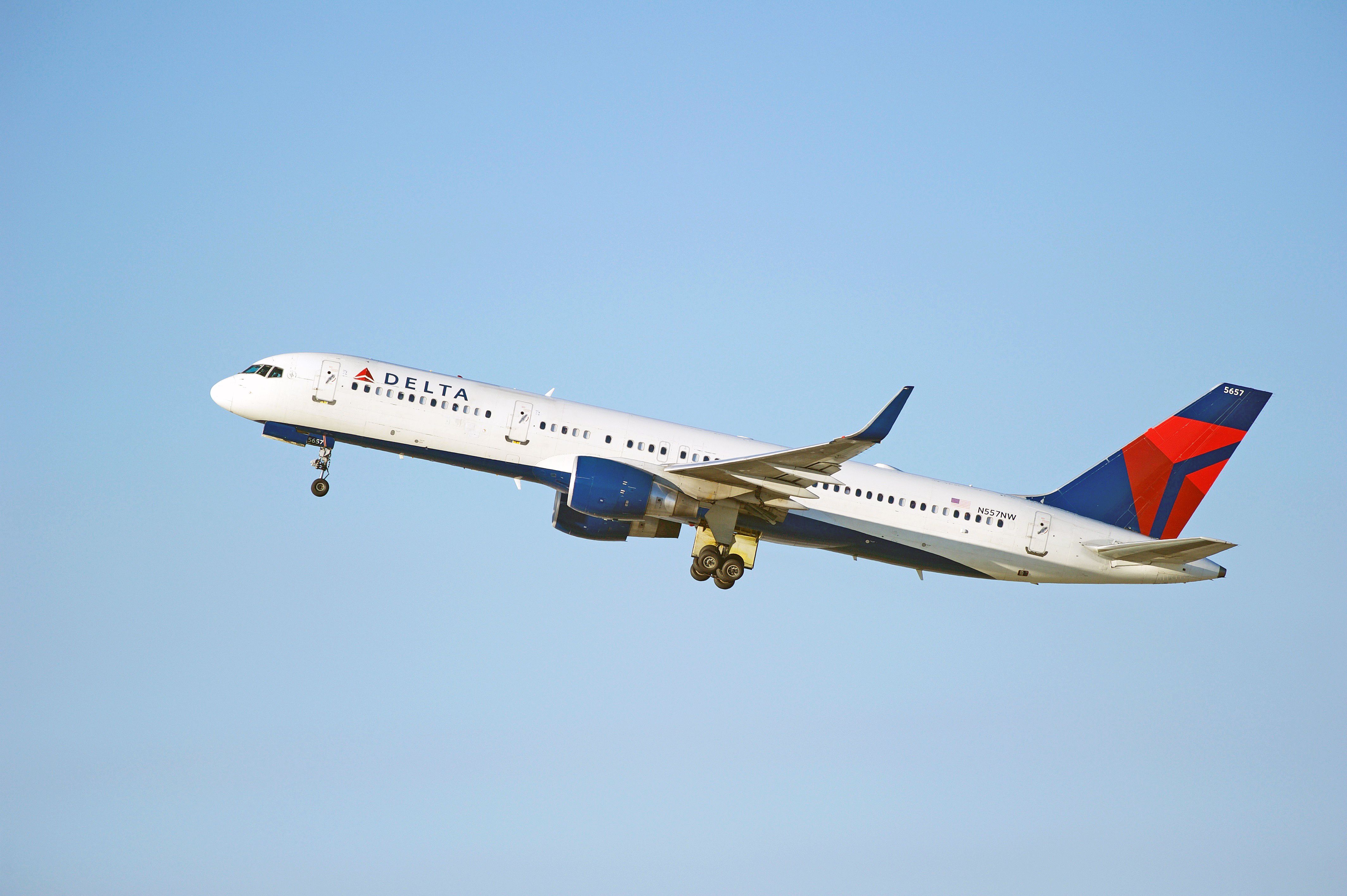
The measure of success for an aircraft program has traditionally been the number of orders received by a manufacturer. While there are more complex metrics for determining which aircraft types should and should not be produced, it is fairly easy to determine an aircraft development program’s success by looking at a jet’s sales in comparison to one of its principal competitors.
It is, however, more difficult to measure the commercial success of a model like the Boeing 767
, which faced relatively limited direct competition. Furthermore, the large number of different variants of the Boeing 767 can make its success more difficult to predict. In this article, we will analyze the successes and failures of the Boeing 767 and attempt to understand what factors limited this capable jet’s competitive success.
A deeper look at the story of the Boeing 767
The Boeing 767 was developed as a widebody airliner by Boeing Commercial Airplanes to be the future of the manufacturer’s low-capacity widebody offerings. The jet, which was originally launched under the name Boeing 7X7, first took to the skies on September 26, 1981, and was certified about a year later on July 30, 1982. Initially, the Boeing 767-200 variant entered service with United Airlines, and the extended-range version of the model, the Boeing 767-200ER, entered service not long after, in 1984.
The aircraft was stretched into the Boeing 767-300 not long after, in October 1986, followed by the development of the extended-range Boeing 767-300ER model in 1988, a jet which would quickly become the plane’s most popular variant. Boeing also produced a freighter variant of the aircraft, the Boeing 767-300F, which entered service in October 1995, and a final stretched variant, the Boeing 767-400ER, also entered service in 2000. The airplane maker would later achieve success marketing the jet to military operators, with the manufacturer developing multirole variants that could serve as tankers.
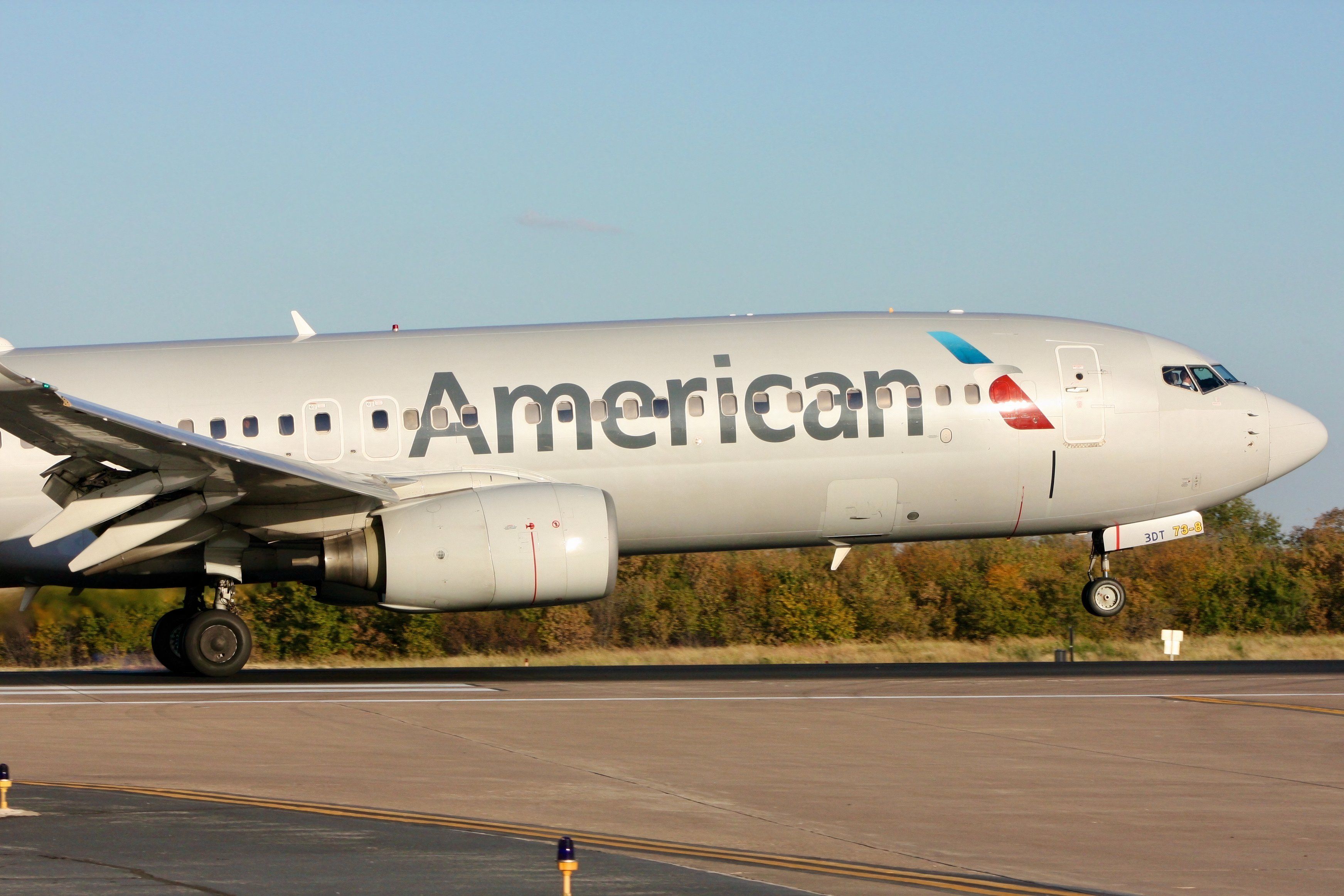
Related
These 5 US Airports Get International Flights This Year
They contribute to the country’s highest-ever international capacity.
The aircraft was originally designed to complement the larger Boeing 747, and it featured a smaller seven-abreast cross-section that allowed its cargo deck to accommodate many LD2 ULD cargo containers. The Boeing 767 was the manufacturer’s first twin-engine aircraft to feature a widebody configuration. The aircraft came with three different powerplant options, including the General Electric CF6, the Rolls-Royce RB211, or Pratt & Whitney JT9D turbofans. From a design perspective, the aircraft’s design was fairly conventional, with a supercritical wing that reduced aerodynamic drag and a standard tail.
Photo: Michael Derrer Fuchs | Shutterstock
The aircraft’s success was achieved on account of impressive innovations
It was also the first Boeing jet to feature a cockpit designed to be operated by a crew of just two, with a glass cockpit. This same cockpit was also developed for the Boeing 757, a narrow-body aircraft, which allowed for both models to operate with a common type rating. A jet initially designed for transcontinental routes, the rapid adjustment of ETOPS rules, which began in 1985, allowed the jet to operate on transatlantic routes.

Related
This Airline Operates The 3 Longest Boeing 767 Routes
United is operating the longest 767 routes using its -300ER variant but plans to phase them out by 2030.
The Boeing 767 was incredibly successful, with more than 740 models remaining in service as of July 2018, with Delta being the largest operator of the type with more than 77 jets in its fleet. As of February 2025, Boeing had received more than 1,400 orders from more than 70 customers, with more than 1,300 different jets being delivered to paying customers. Despite its immense success, some drawbacks prevented the plane from achieving its complete potential.
The aircraft was designed to serve a unique market
The Boeing 767 was developed with a focus on fuel efficiency, and it entered service as one of the most efficient two-engine aircraft to ever hit the market. Combining a lower maximum capacity than the Boeing 767 with dynamic long-range performance capabilities. The plane was optimized for both transcontinental and transoceanic operations. The Boeing 767 was developed originally to target a middle-capacity market, and the jet could offer better operating economics than earlier-generation planes, raising its market appeal to potential customers. The plane’s seven-abreast seating configuration allows airlines to experiment with first, business, and economy-class configurations.
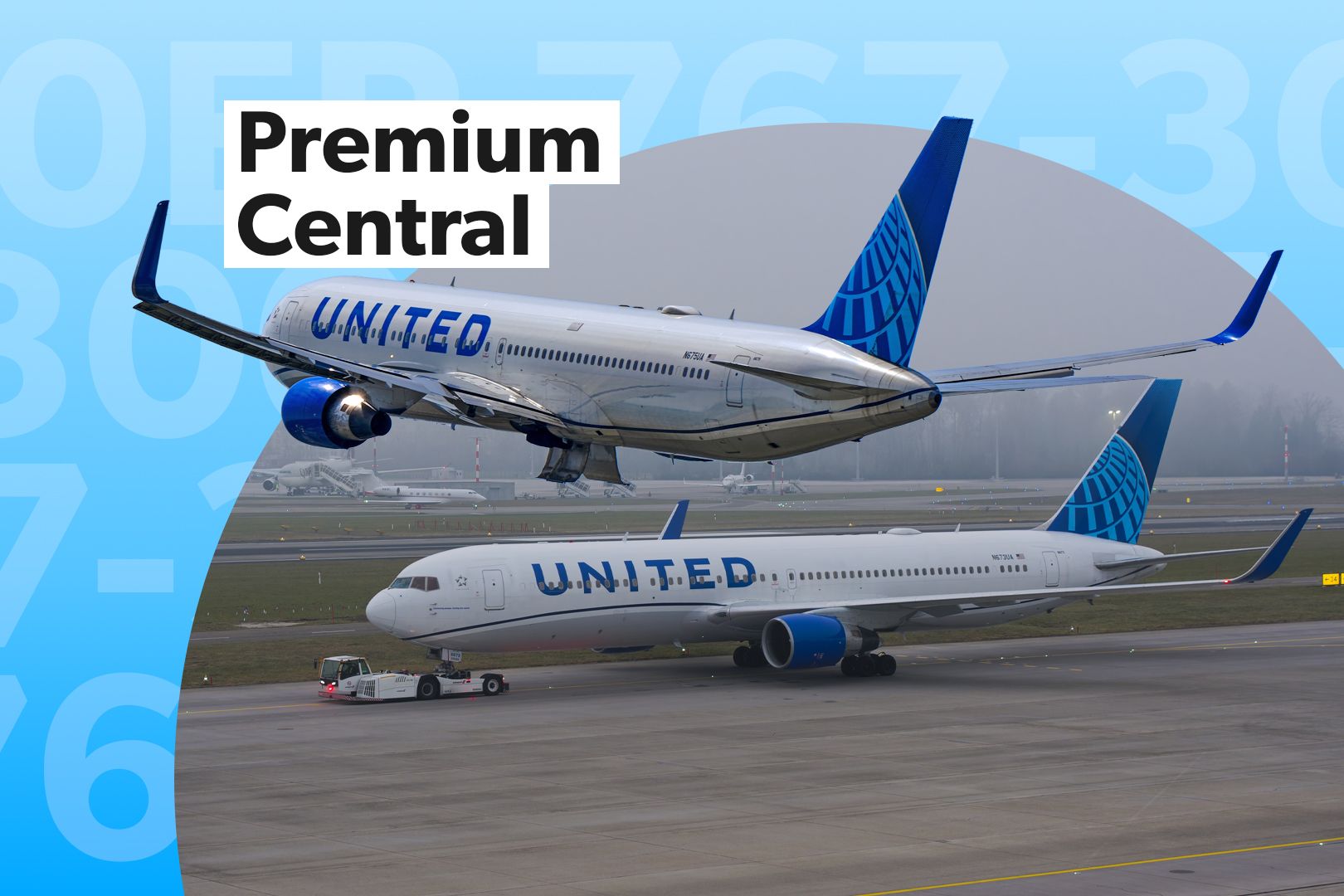
Related
What You’ll Find On United Airlines’ Luxuriously Retrofitted Boeing 767-300ERs
The widebody features a premium heavy configuration designed to create higher yields for the airline.
One of the Boeing 767 family’s most impressive capabilities is the fact that it can use its diverse range and performance capabilities to service many different kinds of routes, including transcontinental and transoceanic services. The aircraft’s models range significantly in terms of range and payload capabilities. The shortest variant, the Boeing 767-200, offers a range of around 3,900 nautical miles, and its extended-range version could fly significantly further at 6,590 nautical miles.
Photo: viper-zero | Shutterstock
The stretched 767-300 model offered more seating capacity, but had a range that was similar to the original 767-200 model. The extended-range version of this model, the Boeing 767-300ER, offers an increased range of around 5,980 nautical miles. The longest variant of the family, the high-capacity 767-400ER, offered a range of around 5,600 nautical miles. The following table demonstrates these planes’ capacities:
|
Boeing 767 family variant: |
Total model capacity: |
|---|---|
|
Boeing 767-200 |
214 |
|
Boeing 767-200ER |
214 |
|
Boeing 767-300 |
261 |
|
Boeing 767-300ER |
261 |
|
Boeing 767-400ER |
296 |
As one can tell, there is a fairly broad capacity range for aircraft in the Boeing 767 family, meaning that these jets were able to accommodate carriers looking for an aircraft that had a broad array of capacities and ranges. However, as one can tell from these specifications, there are some technical shortcomings which prevented the aircraft from achieving its complete potential.
Get all the latest ![]() Boeing
Boeing
news from Simple Flying!
The aircraft was not as popular in domestic markets as many had expected it to be
Commercially, the two least successful Boeing 767 variants were the Boeing 767-300 and the Boeing 767-400ER, and there are good reasons why each failed to achieve its full potential. For starters, the company managed to sell only around 100 Boeing 767-300 models and sold just 38 Boeing 767-400ER models, while all other civilian variants of the popular twinjet sold more than 120 such jets, according to data from manufacturer Boeing.
The Boeing 767-300’s success was somewhat limited by a decrease in interest in high-capacity twinjets that only offered domestic range capabilities. When the Boeing 767-200 and the Boeing 767-200ER hit the market in the early 1980s, the standard model, which only offered domestic range capabilities, was still popular with many US airlines that sought to use the model for high-demand domestic services.
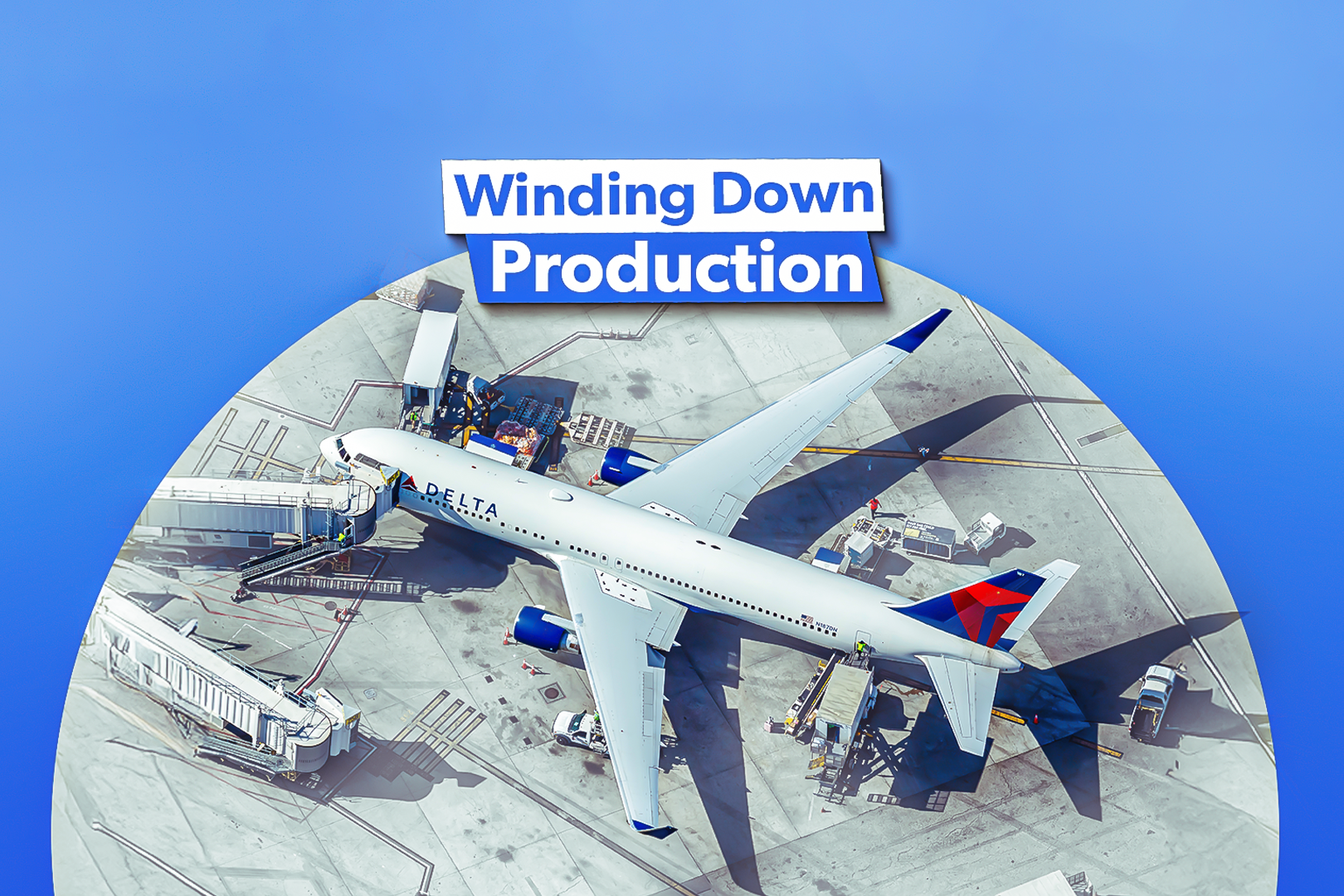
Related
How Many Boeing 767s Will Still Be Produced?
There are 104 Boeing 767s on order and these may be joined by 29 more tanker variants before it goes out of production.
In the late 1980s, however, when the Boeing 767-300 and the Boeing 767-300ER were introduced, the popularity of high-capacity domestic widebody aircraft was significantly lower. As a result, Boeing managed to sell significantly more extended-range models, many of which still remain in service with US-based legacy carriers today. Airlines like Delta Air Lines and United Airlines discovered that the weapon could be ideal for flights between the United States and Europe. Delta is planning to keep the Boeing 767-300ER in service for at least another decade, as they are planning retrofits to the cabins of their models, according to ch-aviation.
There were a few reasons why the Boeing 767-400ER’s success was limited as well
When the Boeing 767-400ER entered the market in the early 2000s, the plane was mostly targeted at just a few US-based customers, which had a pretty unique reason for wanting this specific model. The market entry of newer, more efficient twin-engine aircraft like the Airbus A330 meant that the Boeing 767 was becoming somewhat uncompetitive. However, there were two specific airlines, Delta Air Lines and United Airlines, which really wanted a stretched version of the model.
Photo: Markus Mainka | Shutterstock
These carriers both operated large fleets of Boeing 757 aircraft, meaning that they were both in a position where they had invested heavily in the pilots and infrastructure needed to support the operations of both the Boeing 767 and the 757. As previously noted, these two models share a common type rating. As a result, these were the only two interested in this newer, higher-capacity variant of the Boeing 767 which would not require significant new pilot training. In order to purchase the Boeing 767-400ER, both Delta and United had to sacrifice the efficiency gains which they could have realized by purchasing newer-generation Airbus widebody twin-engine aircraft.


